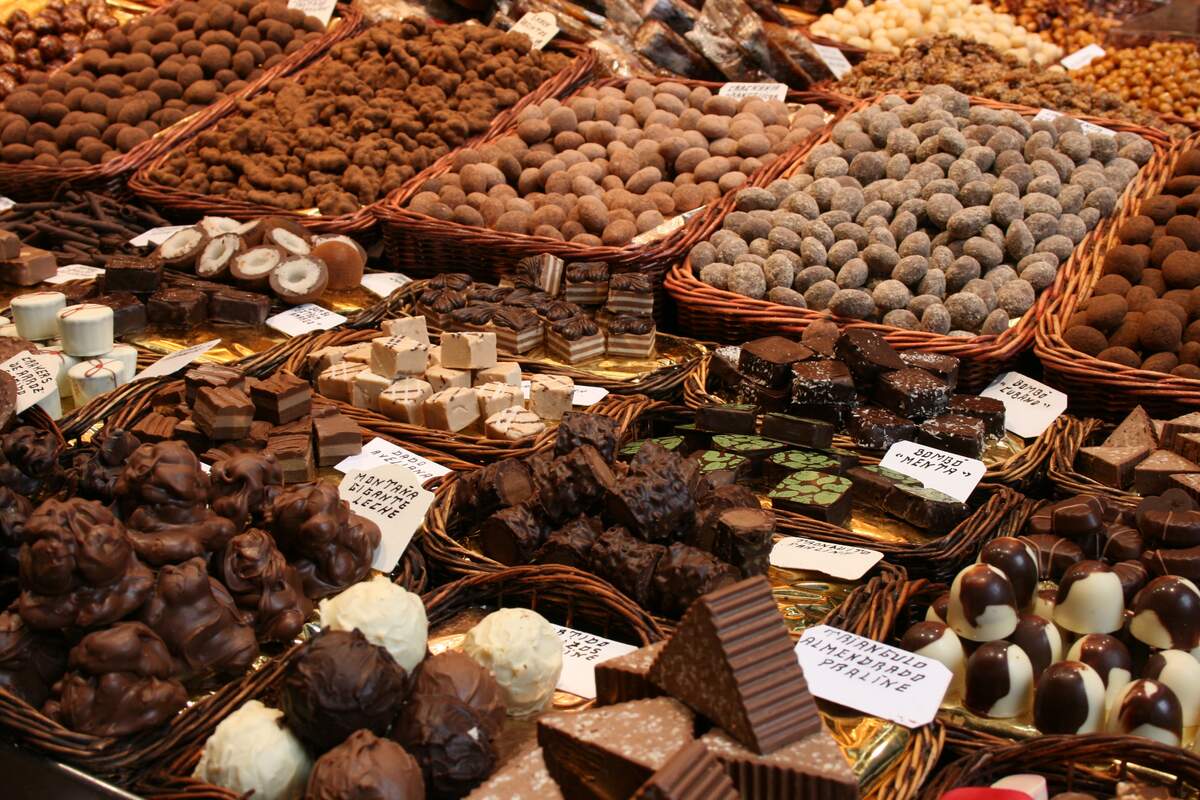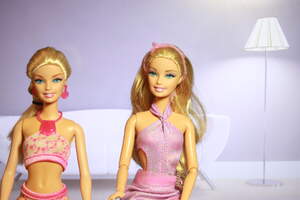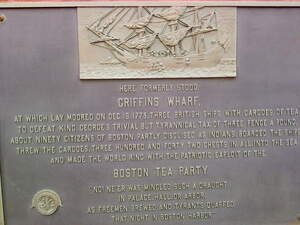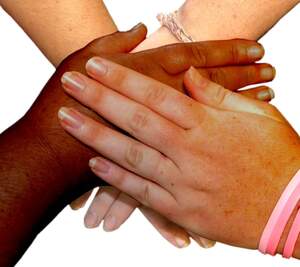

National Chocolate Covered Anything Day
Observed
annually on December 16th
Dates
Tags
Food & Drink
Snacks & Desserts
Hashtags
Sources
https://anydayguide.com/calendar/485
https://spoonuniversity.com/lifestyle/11-foods-perfect-for-dipping-on-national-chocolate-covered-anything-day
https://www.amazon.com/dp/1620401606?tag=checkiday08-20
https://www.chocoley.com/blog/resources/chocolate-fountain-dipping-item-ideas/
https://www.holidayinsights.com/moreholidays/December/chocolatecovered.htm
https://www.huffpost.com/entry/chocolate-covered-anything-day_n_4440780
https://www.theodysseyonline.com/eat-national-chocolate-covered-anything-day
From the conventional to the bizarre, anything can be covered with chocolate on Chocolate Covered Anything Day. The day provides the perfect excuse to eat chocolate, whether it be dark chocolate, milk chocolate, or white chocolate. Some foods known to be covered with chocolate include fruits such as strawberries, bananas, pineapple, and mandarin oranges; snack foods like pretzels, nuts, and potato chips; breakfast foods like bacon and waffles; vegetables like jalapenos and onions; and desserts like marshmallows, cookies, Rice Krispies Treats, and Twinkies. People have even been known to cover ants and scorpions with chocolate. Before covering a food, the chocolate may first be melted on the stove or in the microwave. The food can be dipped in chocolate, or chocolate can be poured or drizzled on the food. A chocolate fountain can also be used to cover chocolate.
Chocolate comes from a bean called Theobroma cacao. The word "chocolate" itself comes from the Spanish, and it stems from the Aztec word xocolatl, which means "bitter water." The Aztecs pounded the cacao beans and drank them without adding any sugar, and they thought the beans came from the gods. Indeed, Theobroma means "food of the gods." Cocoa beans are about 50% "cocoa butter" and 50% "chocolate liquor." Hernando Cortés brought cocoa beans back to Spain, and a chocolate drink that included sugar became popular right away. This seems to contradict the accounts that say chocolate wasn't introduced in Europe until 1550. The word "chocolate" first appeared in print, in England, in 1604.
During the eighteenth century, a chocolate drink became fashionable throughout Europe, and it first became manufactured in what would become the United States in 1765. The first chocolate factory opened in the United States in 1780, but hard chocolate candy was not yet made until the dawn of the nineteenth century. Hardened chocolate candy bars first became being sold on a large scale by the Cadbury Company of England in 1842, and "chocolate creams"—candies with sugar-cream centers—were first eaten by Americans in the 1860s.
Milk chocolate was first made by the Swiss in 1875 when Daniel Peter added his chocolate to the newly-discovered sweetened condensed milk of Henry Nestlé, and it became popular in America and Europe. Milton S. Hershey, who had been in the candy business since the age of fourteen, and who had been quite successful with his Lancaster Caramel Company, was enamored by the chocolate-making he saw at the 1893 Columbian Exposition in Chicago—especially the making of milk chocolate. The first milk chocolate Hershey bar was produced in 1900, and by 1905 Hershey's enormous factory in Derry Township, Pennsylvania, was in operation. With Hershey's support, a company town sprang up around the factory, and milk from nearby farms was used in making the milk chocolate.
Milton Hershey invented the Hershey's kiss in 1907, and its trademark foil wrapper was added in 1924. Hershey provided troops in World War II with a Ration D bar, and later the better-tasting Tropical Chocolate Bar. These chocolate bars were resistant to temperatures higher than ninety degrees Fahrenheit. Besides Hershey bars and kisses, many other popular types of chocolate candies are under the Hershey's umbrella, including Almond Joy, Mounds, and Reese's. Another popular candy manufacturer in the United States is Mars, which produces chocolate candy bars such as Snickers and Twix. In addition to being used in candy bars, chocolate is used in cakes, cookies, syrups, fudge, shakes, and many other desserts. And of course, it can be used to cover just about anything. Today we use it to do just that!
How to Observe National Chocolate Covered Anything Day
Celebrate the day by enjoying all things chocolate covered. Melt some chocolate or get yourself a chocolate fountain, and cover foods of your choice. You could even host a fondue party. Here are some foods you could cover with chocolate:
- Fruit (fresh, frozen, or dried): strawberries, raspberries, bananas, apples, mandarin oranges, pineapple, cherries, raisins, and even watermelon.
- Vegetables: jalapenos, onions, and edamame.
- Snacks: pretzels, potato chips, nuts, beef jerky, and pickles.
- Breakfast foods: bacon and waffles.
- Desserts: marshmallows, cookies, Rice Krispies Treats, Twinkies, and cakes.
- Creatures: ants, crickets, and scorpions.





















